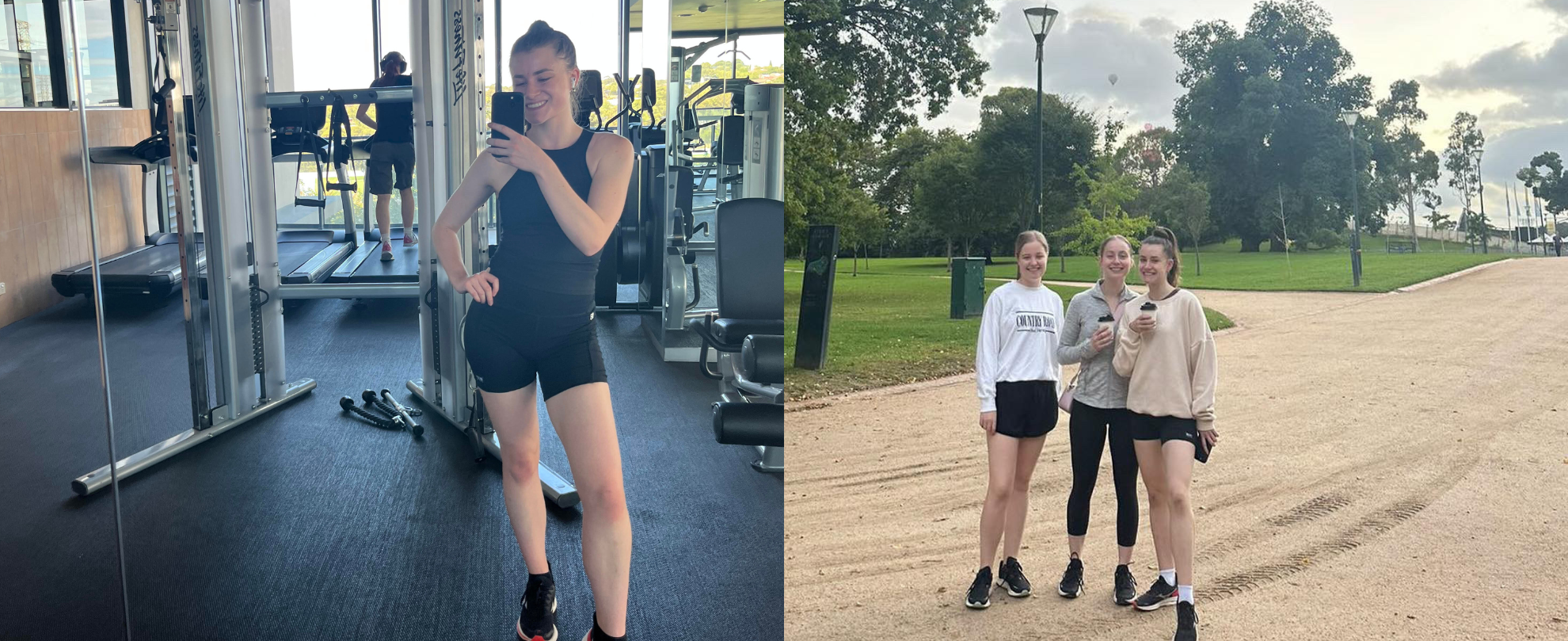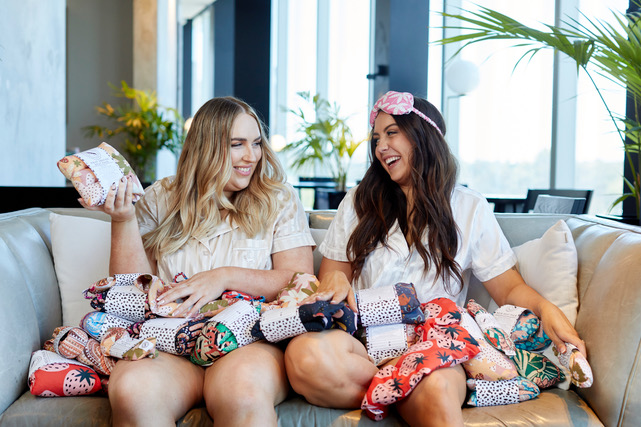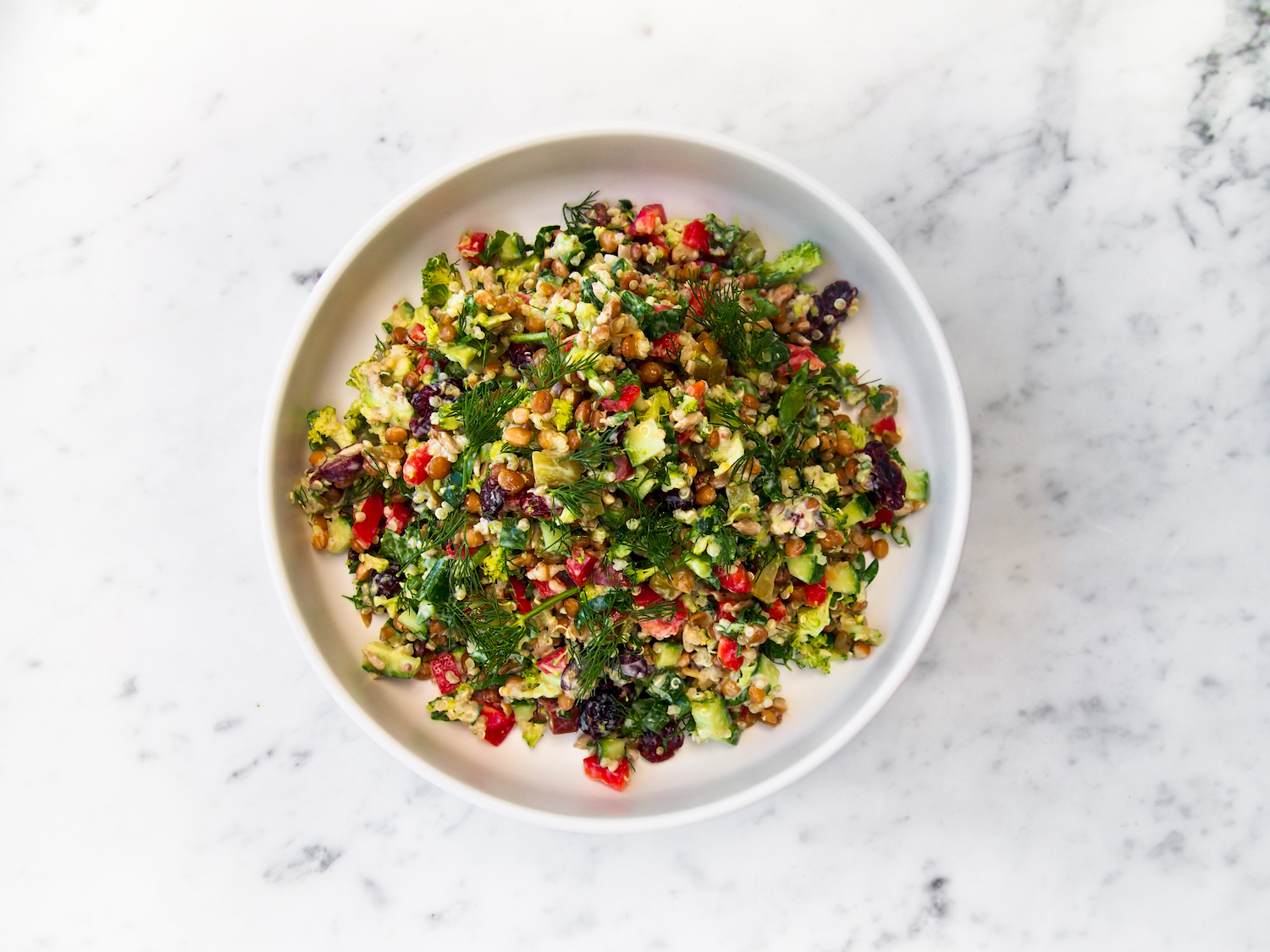The 5 benefits of exercise for Endometriosis
Endo Warriors, listen up; this one’s for you! Our amazing expert Physio, Ashleigh Mason, breaks down the common barriers so many people experience when it comes to exercise and Endometriosis.
We know you’re no stranger to pain, fatigue, headaches, cramps, nausea and bloating, all of which can have a significant impact on your movement routine.
There is a lot of conflicting information out there when it comes to exercising with Endo, which has probably left you feeling lost, confused and a little deflated. But having a condition like Endometriosis doesn’t mean you aren’t able to exercise or move your body. And in fact, with the right guidance, exercise actually can have some really powerful benefits for your body and your symptoms. So let’s clear some things up, shall we?
Endometriosis is a condition in which tissue that is similar to the tissue that usually lines the uterus (the endometrium) grows outside of the uterus. One of the most commonly reported and most debilitating symptoms of Endometriosis is pain, and yet pain is one of the most misunderstood symptoms, as it is poorly correlated with tissue state.
In other words, more pain does not necessarily equal worse Endo, and therefore, doesn’t mean that you can’t move your body to get all the beautiful benefits of exercise.
Understandably, one of the biggest barriers to exercising for many people with Endometriosis is the incredible discomfort of flares; both the fear of causing one, and the difficulty of moving when you’re in one.
But movement is a fantastic regulator, and one of the quickest ways that we can communicate to our bodies that we are safe; thereby reducing pain and other symptoms. Some of the benefits of Exercise for Endo are:
- Releases a concoctioncktail of happy hormones (hello Endorphins!)
- Can help to balance the hormones that contribute to Endometriosis growth
- Reduces cortisol (your stress hormone) and inflammation
- Boosts your mood and mental health
- Strengthen the muscles that support the pelvis whilst lengthening the muscles that commonly get tight in response to pain guarding
There is no “right†or “wrong†way to move, but there is a right way to go about it. Firstly, you want to be moving your body in a way that feels good, safe, and fun.
So choose a form of exercise that you enjoy. No matter what form of exercise you’re choosing, it’s important to start small and slow, and build up gradually. Do only what you feel up to, and work towards progressing weights, intensity and volume over time.
You can also vary your workouts depending on how you’re feeling; listen to your body, and do what feels right for you that day. Not up to your usual strength with Danny? Try a yoga flow. Do you feel exhausted by the thought of Leo’s HIIT? Give one of his Pilates masterclasses a go instead. Listen to your body, and give yourself permission to modify.
As a Physio, I often find that people with Endometriosis are overactive through their abdominal and pelvic floor muscles as a result of protective guarding. For this reason, some people report that exercise like Pilates and yoga can aggravate symptoms because of the extra abdominal work.
These forms of exercise aren’t inherently bad for people with Endometriosis; the key is learning about abdominal and breathing mechanics, and ensuring that you’re effectively relaxing those muscles between reps.
Diaphragmatic (belly) breathing before and after exercise may help with this. Incorporating yin yoga, particularly hip opening flows, into your routine can help to lengthen your glutes and adductor muscles that get particularly tight, whilst also adding in strength sessions that focus on these muscle groups can help to reduce muscle tension by increasing support for your pelvis.
Our favourite ‘Flare-Friendly’ Masterclasses for our Endo warriors (as chosen by Physio Ash):
- Movement & High Vibrations with Christina
- Thigh, Hip & Spine Yinyasa with Jamie
- Keep it Mellow with Cecily
- Hip Opening Yin Flow with Jamie
- Happy Hips stretch with Ash
If you’re unsure, or would like support and guidance in progressing your exercise routine, it’s best to seek support from a Physiotherapist or Exercise Physiologist who works in Women’s Health.
You might also like

- Blog
- WELLNESS
This March is Endometriosis Awareness month. We spoke to Victorian State Co-ordinator for Endometriosis Australia and KIC Community member Liz Walker to raise awareness on the condition that affects approximately 830,000 Australians alone!

- Blog
- HEALTH
Helene and Dominique from The Spoonie Society are here to drop some knowledge and share how they look after their bodies while living with endo.

- Blog
- WELLBEING
April is IBS Awareness month, so KIC’s resident dietitian, Liv Morrison, answers all our burning questions about gut health and the link between stress & IBS.



